Rare purple crab discovery captures national attention
The dazzling crustacean, nicknamed the “Princess Crab” in honor of Princess Maha Chakri Sirindhorn, has quickly become a viral sensation online after images of its vibrant shell were shared by Thai wildlife authorities.
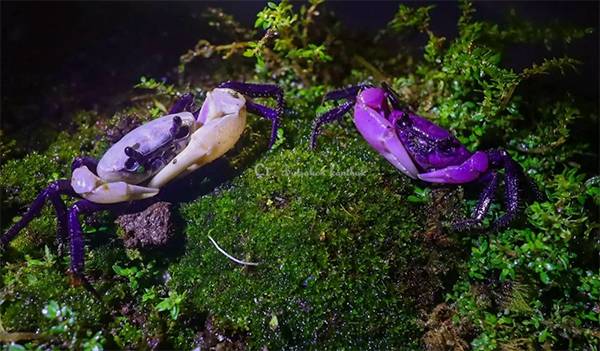
Known locally as “Pu Chao Fa,” this crab stands out for its striking coloration—an unusual shade of deep purple rarely seen in the species. Typically, panda crabs (as they are commonly known) display a mix of black and white markings, making this iridescent purple specimen a truly exceptional find. Experts have described it as “alien-looking” due to its surreal appearance. The discovery not only provides a rare glimpse into Thailand’s hidden biodiversity but also serves as a reminder of the importance of environmental conservation and ecosystem balance.
A special gift from nature
According to Thailand’s Department of National Parks, Wildlife and Plant Conservation, the rare purple crab is being celebrated as “a precious gift from nature.” The department’s social media post accompanying the images stated that the sighting represents both a natural wonder and an encouraging sign of ecological health. The crab was found near the end of the park’s tourist season by park rangers conducting environmental monitoring.
The statement emphasized that Kaeng Krachan National Park—recognized as a UNESCO World Heritage Site—continues to be a safe haven for countless protected species. “The presence of these animals demonstrates that the forest area still maintains excellent environmental quality,” the department wrote. Such discoveries offer hope that conservation efforts are working and that delicate habitats continue to thrive despite human pressures.
Kaeng Krachan National Park: Thailand’s biodiversity treasure
Kaeng Krachan National Park, covering more than 1,100 square miles, is Thailand’s largest and one of its most ecologically diverse protected areas. Located along the border with Myanmar, the park is a critical refuge for wildlife, from small insects to large predators. Its forests and river systems provide a home for rare and endangered species, including leopards, sun bears, gibbons, hornbills, and the iconic king cobra.
The discovery of the purple crab further cements the park’s reputation as a biodiversity hotspot. Scientists believe that these colorful crabs play a vital role in maintaining the ecosystem’s balance by contributing to nutrient recycling in river habitats. Such species often serve as ecological indicators, meaning their presence—or absence—can reveal much about the overall health of the environment.
The importance of biodiversity and ecosystem health
Biodiversity is not only crucial for wildlife but also for the well-being of humans. According to the World Health Organization (WHO), the planet’s biodiversity underpins essential services such as food production, clean water supply, and disease prevention. Pollinators alone, for instance, contribute nearly half a trillion dollars annually to global agricultural output. Without them, crops that feed billions would struggle to grow.
Additionally, over half of modern medicines have been derived from natural compounds—antibiotics from fungi, painkillers from plants, and even cancer treatments from marine organisms. The discovery of the Princess Crab in Thailand highlights how maintaining biodiversity ensures access to these natural resources and continues to inspire scientific innovation.
Conservation as a shared responsibility
Thailand’s national parks department and local conservationists are using the discovery to raise awareness about the importance of protecting natural habitats. While the sight of a purple crab might capture the public’s imagination, it also underscores the fragility of ecosystems threatened by deforestation, pollution, and climate change.
By preserving pristine areas such as Kaeng Krachan National Park, Thailand ensures that future generations can continue to witness the beauty and complexity of its wildlife. The appearance of the Princess Crab serves as both a celebration and a reminder—nature’s most extraordinary treasures often appear when humans take steps to protect them.

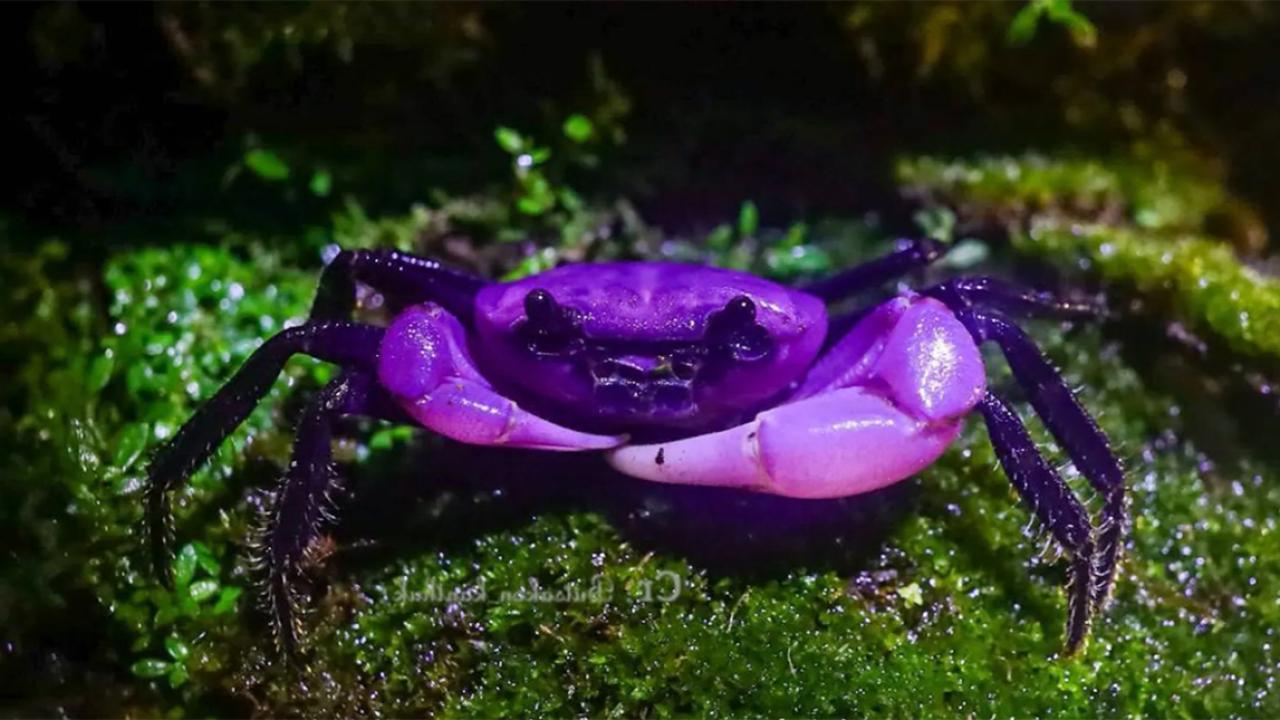


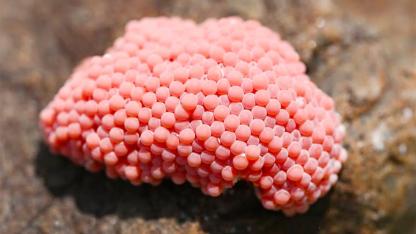
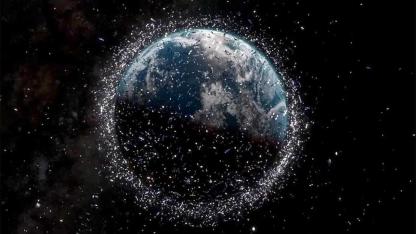
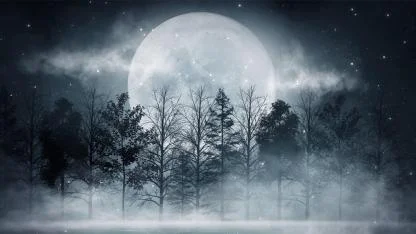
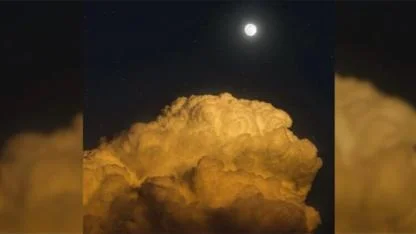
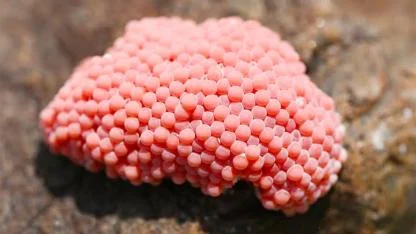
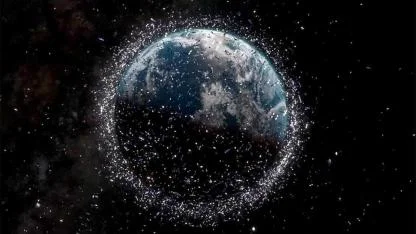
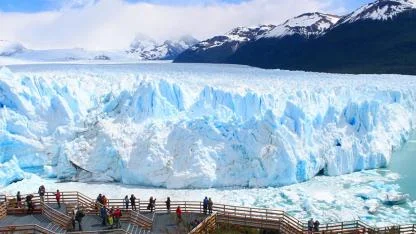
Yorumlar
Kalan Karakter: